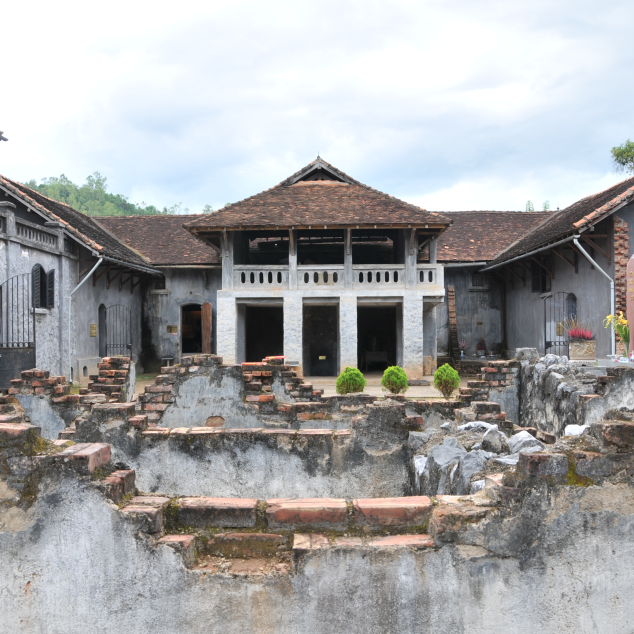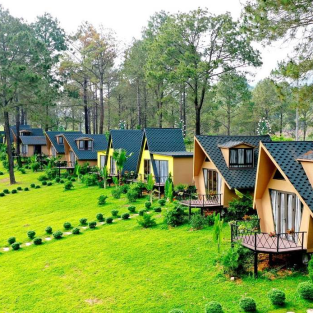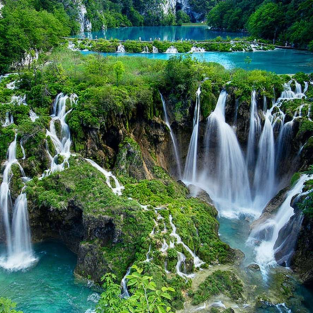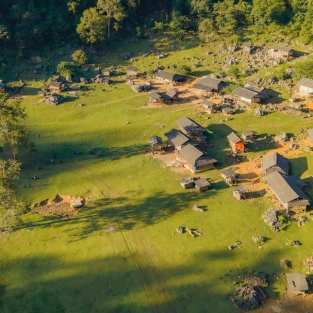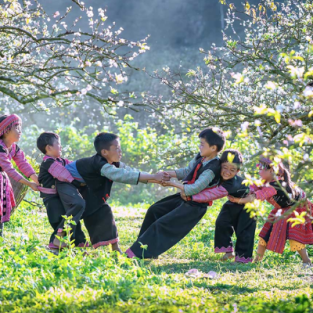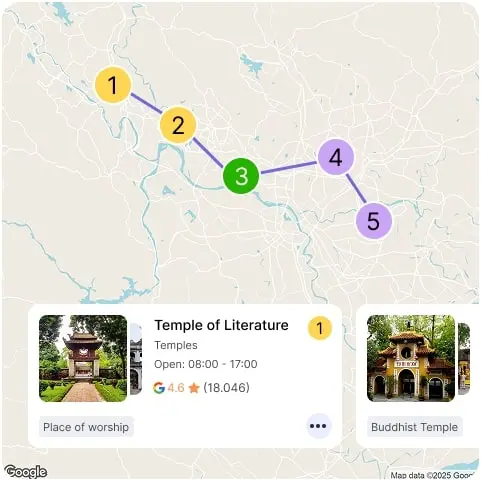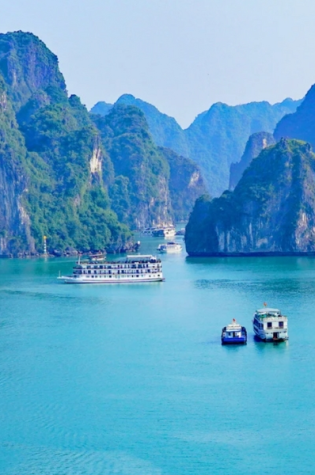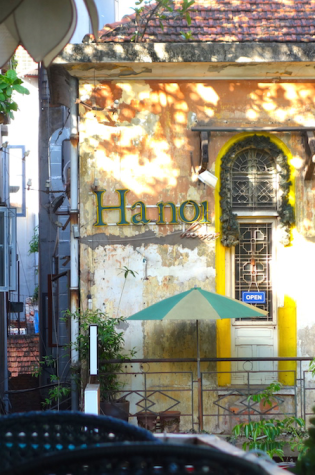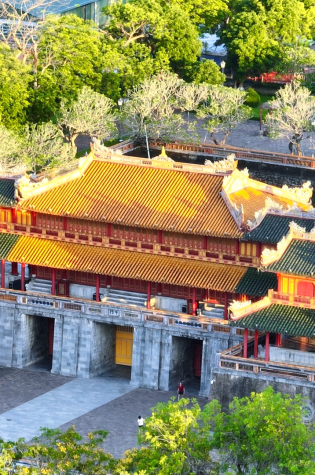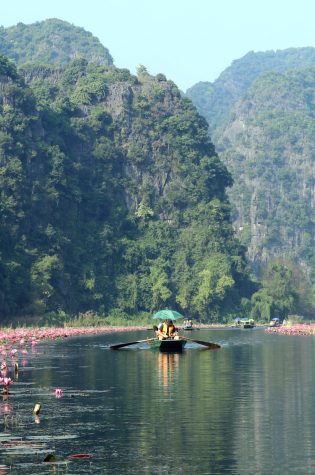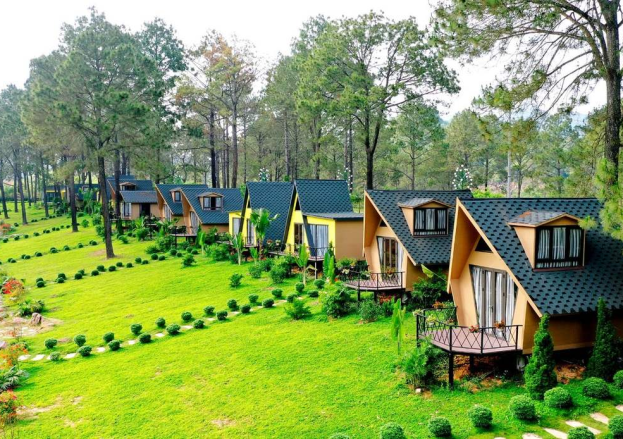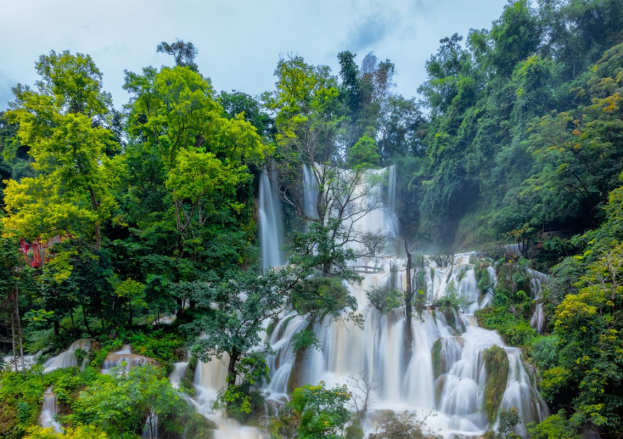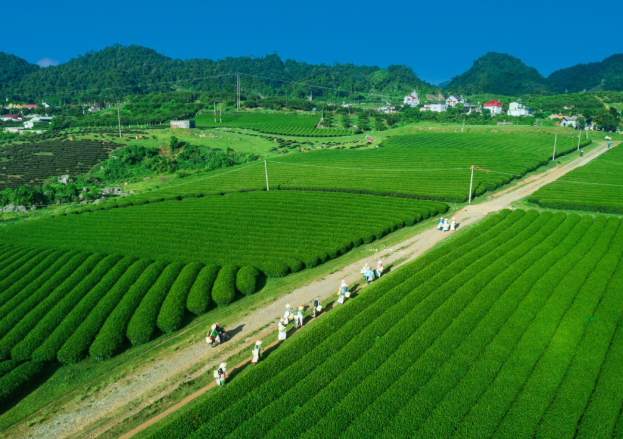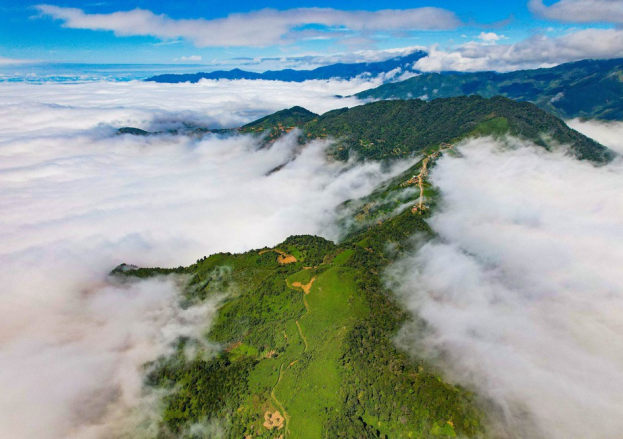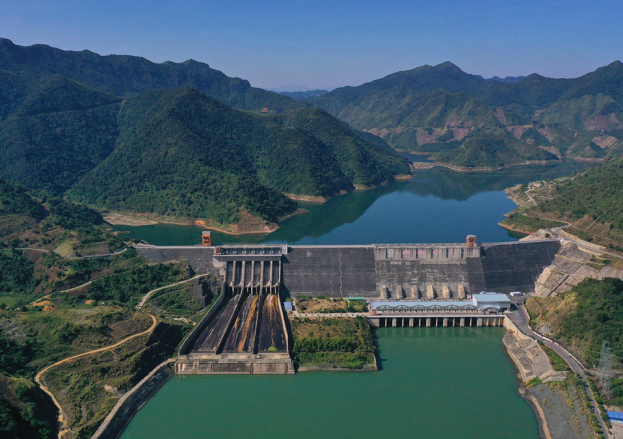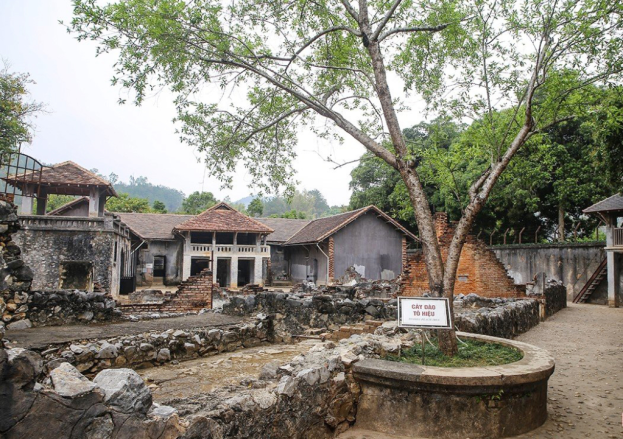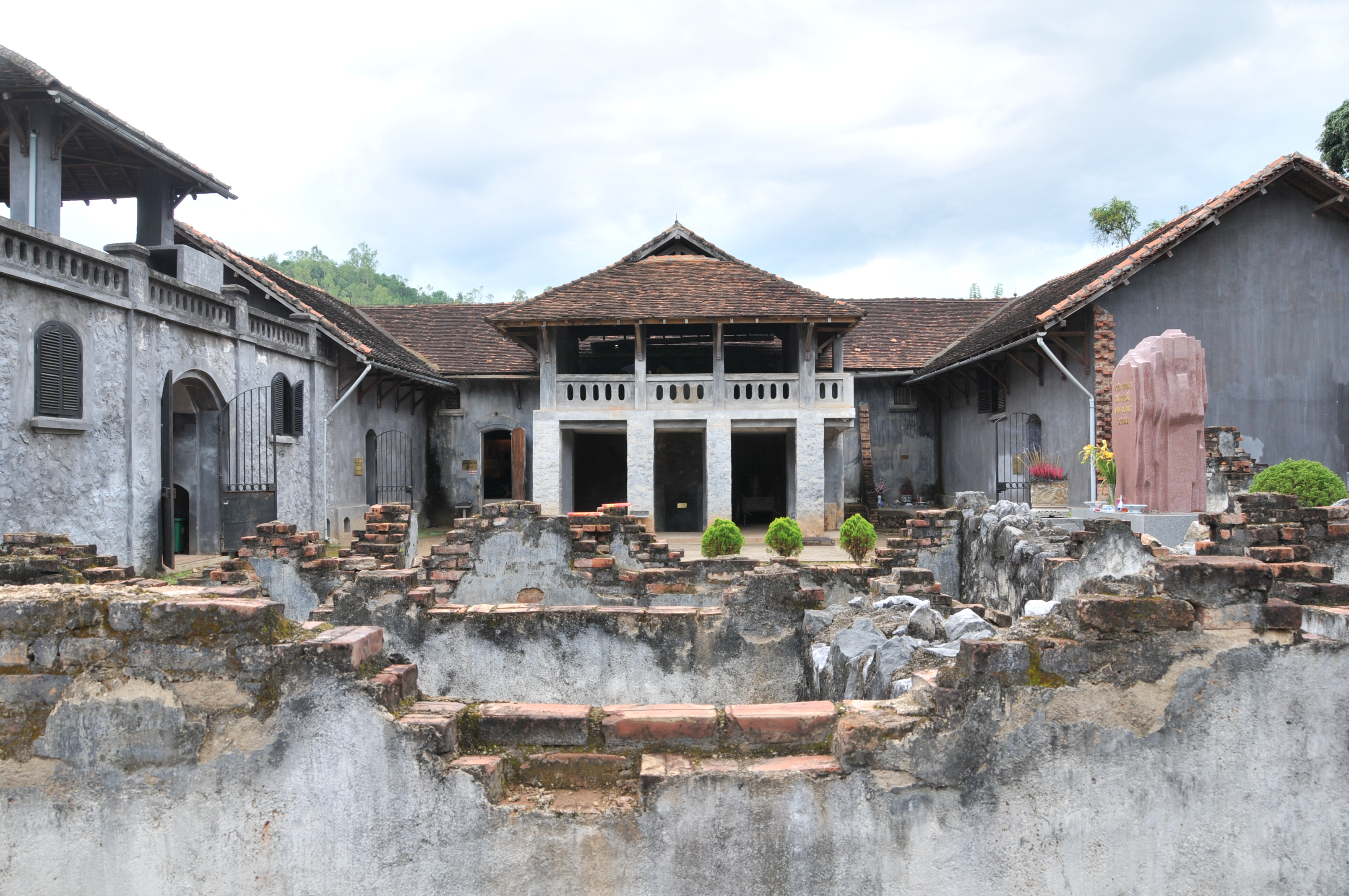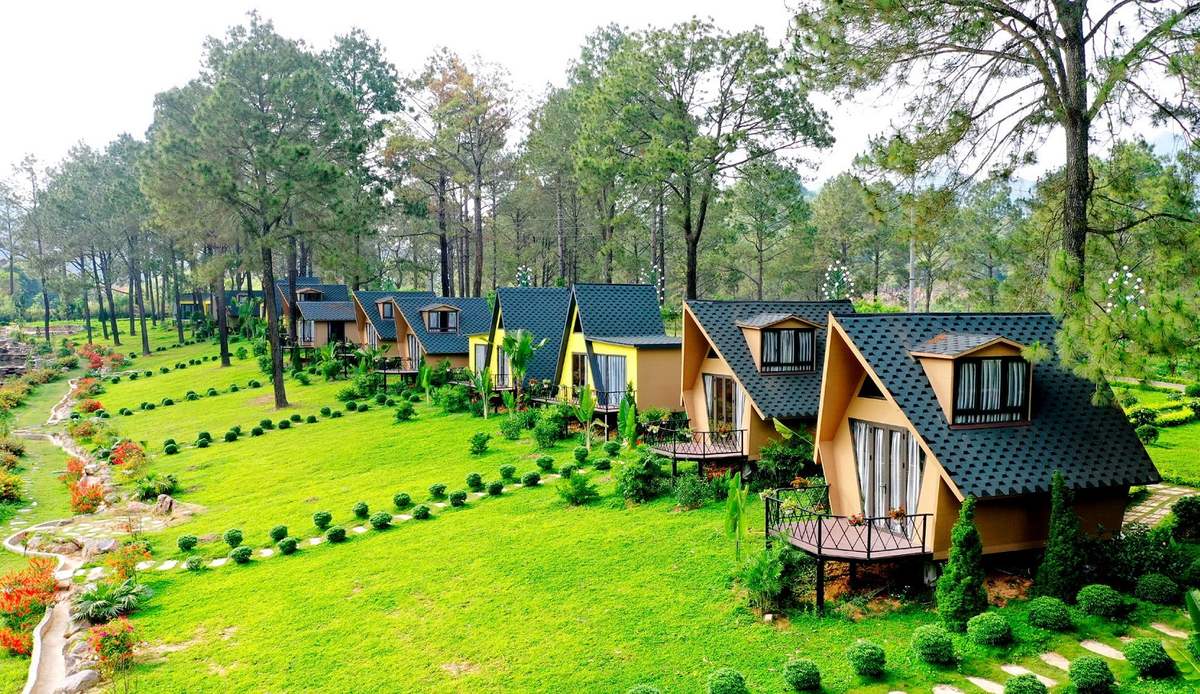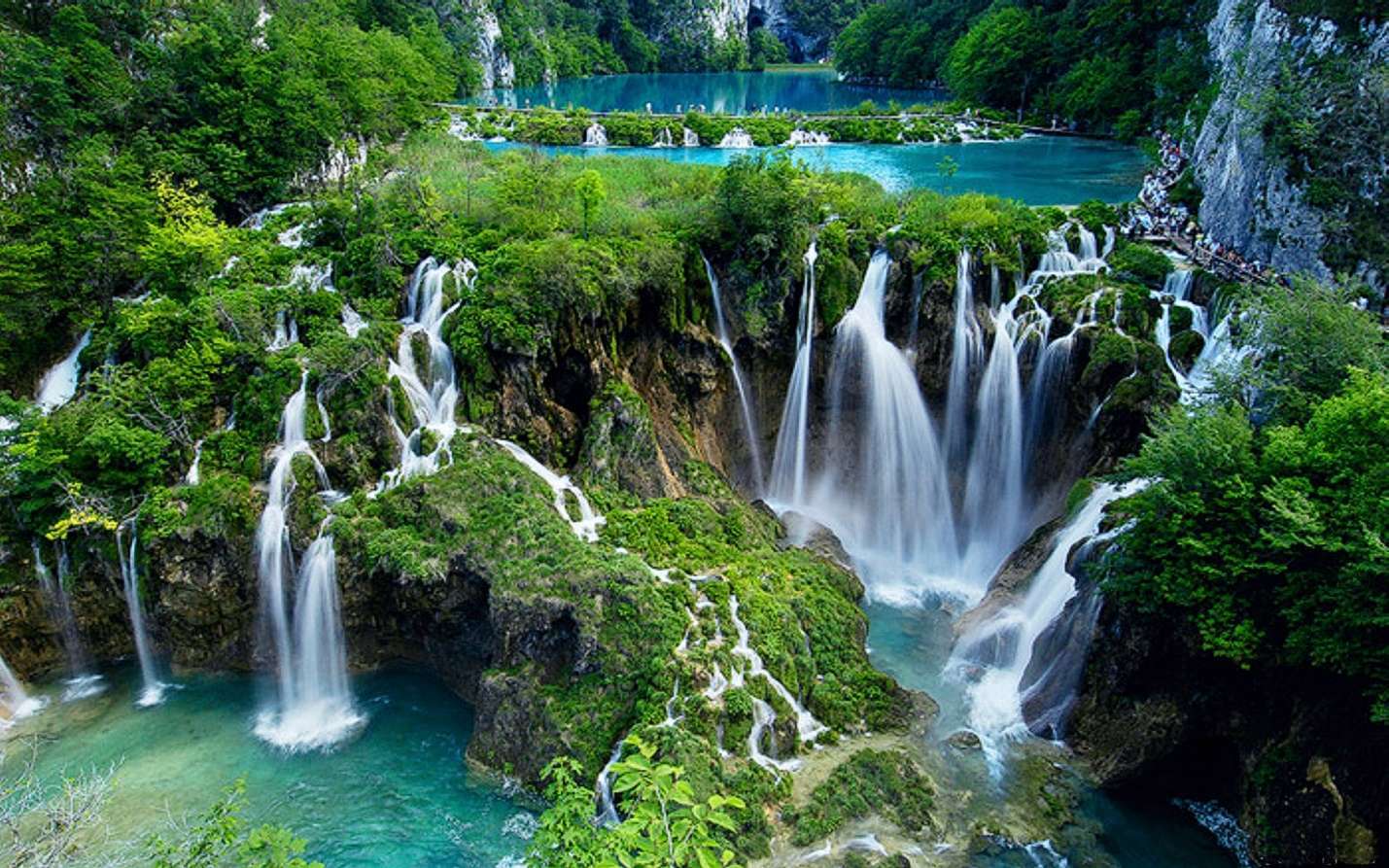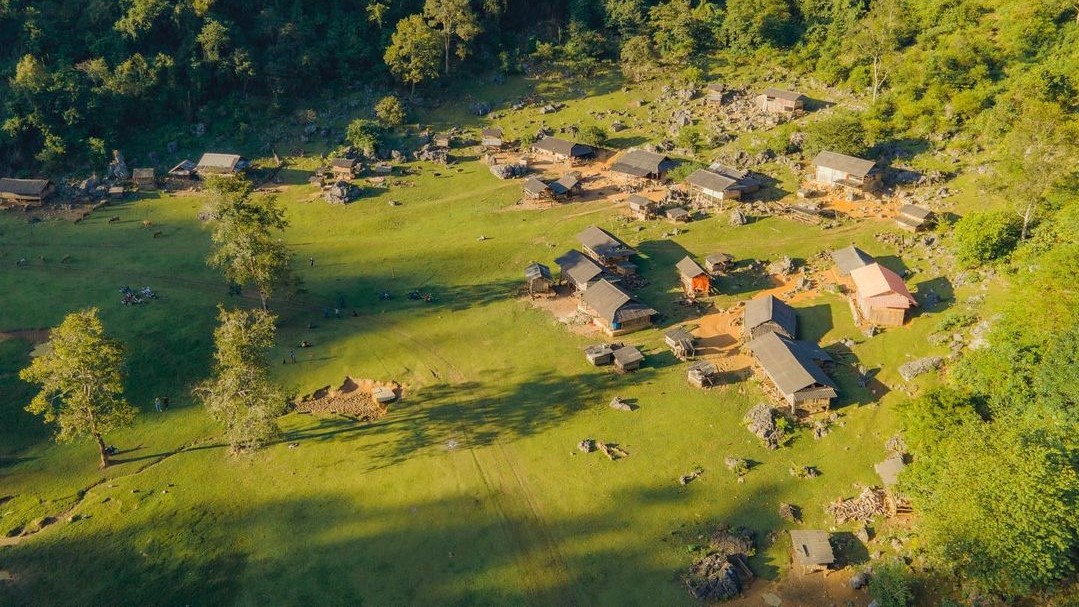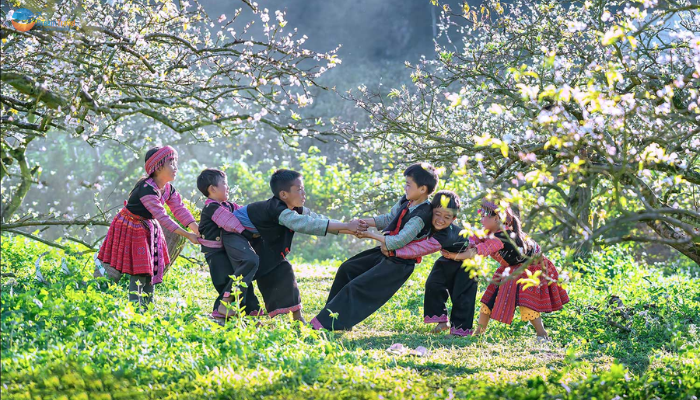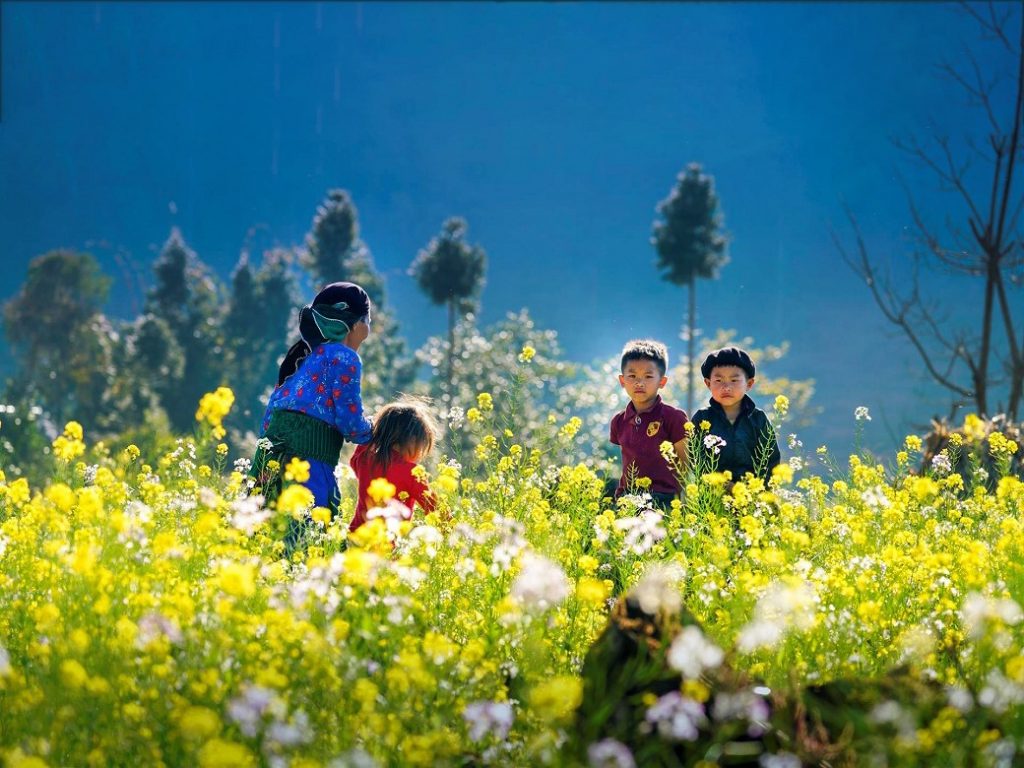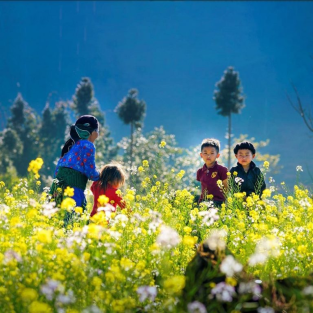Son La is a captivating highland province where terraced fields, tea hills, and misty mountains create a landscape of natural beauty and cultural diversity. This is one of Northern Vietnam’s most vibrant ethnic regions, home to Thai, H’mong, Muong, and Dao communities, each contributing unique traditions, costumes, and festivals.
The province is also rich in historical significance. The Son La Prison Relic stands as a powerful reminder of Vietnam’s resilience, while natural landmarks like Moc Chau Plateau, Pha Din Pass, and Dai Yem Waterfall invite travelers to experience the serene beauty of the Northwest.
Son La offers more than just scenery—it is a place where culture and nature intertwine, promising visitors an authentic journey into Vietnam’s highland spirit.
Son La is easily accessible from Hanoi and neighboring provinces, offering travelers a rewarding journey through Northern Vietnam’s mountain landscapes.
- By road: From Hanoi, the trip to Son La takes about 6 to 8 hours via National Highway 6. Daily limousine buses and coaches depart from My Dinh Bus Station, connecting Hanoi with Son La City, Moc Chau Plateau, and other popular stops along the route. The road passes through Mai Chau and Pha Din Pass, offering scenic views along the way.
- By air: For travelers coming from southern provinces, Dien Bien Airport is the nearest regional hub. From Dien Bien Phu, Son La is a 5-hour drive, with bus services and private transfers available.
- Local transfers: Within Son La, taxis, motorbikes, and private cars are the main transport options. Guided tours are recommended for exploring remote villages, tea hills, and nature reserves with ease and local insight.
Son La is a year-round destination, with each season revealing a different side of the highlands.
- Spring (February to April): Cool and refreshing (15–25°C), spring transforms Moc Chau Plateau into a sea of peach and plum blossoms. Local ethnic groups celebrate vibrant New Year festivals, creating colorful cultural moments across villages.
- Summer (May to August): Warm and green (25–32°C), summer brings life to rice terraces, tea hills, and waterfalls like Dai Yem. It’s also a time to enjoy cool streams and fresh highland air, though afternoon rains are common.
- Autumn and Early Winter (September to December): This is the prime season for cloud hunting at Ta Xua, when early mornings reveal seas of mist rolling over mountain peaks. The weather stays pleasant (15–25°C), perfect for trekking and exploring golden rice fields.
- Winter (December to January): Cool and quiet (10–20°C), winter is ideal for travelers seeking a peaceful atmosphere. Moc Chau’s green tea hills remain a highlight, while local markets offer seasonal produce and warm highland cuisine.
Son La is working toward more inclusive travel experiences, though its mountainous terrain presents some limitations. In Son La City and Moc Chau Town, many hotels, restaurants, and community centers have added ramps, wider entrances, and accessible restrooms to better serve visitors with mobility needs.
Attractions like Moc Chau Tea Hills and Dai Yem Waterfall offer relatively smooth pathways, but some areas may still require navigating natural steps or uneven surfaces. The Son La Prison Relic has partial ramp access, making it easier for travelers to explore key sections of the site.
Private transportation is recommended for flexible movement between attractions, as public transport options may not be fully equipped for accessibility. Local travel services can arrange custom tours with support for wheelchairs or limited mobility, helping visitors experience Son La’s scenic landscapes and cultural sites with greater ease.

